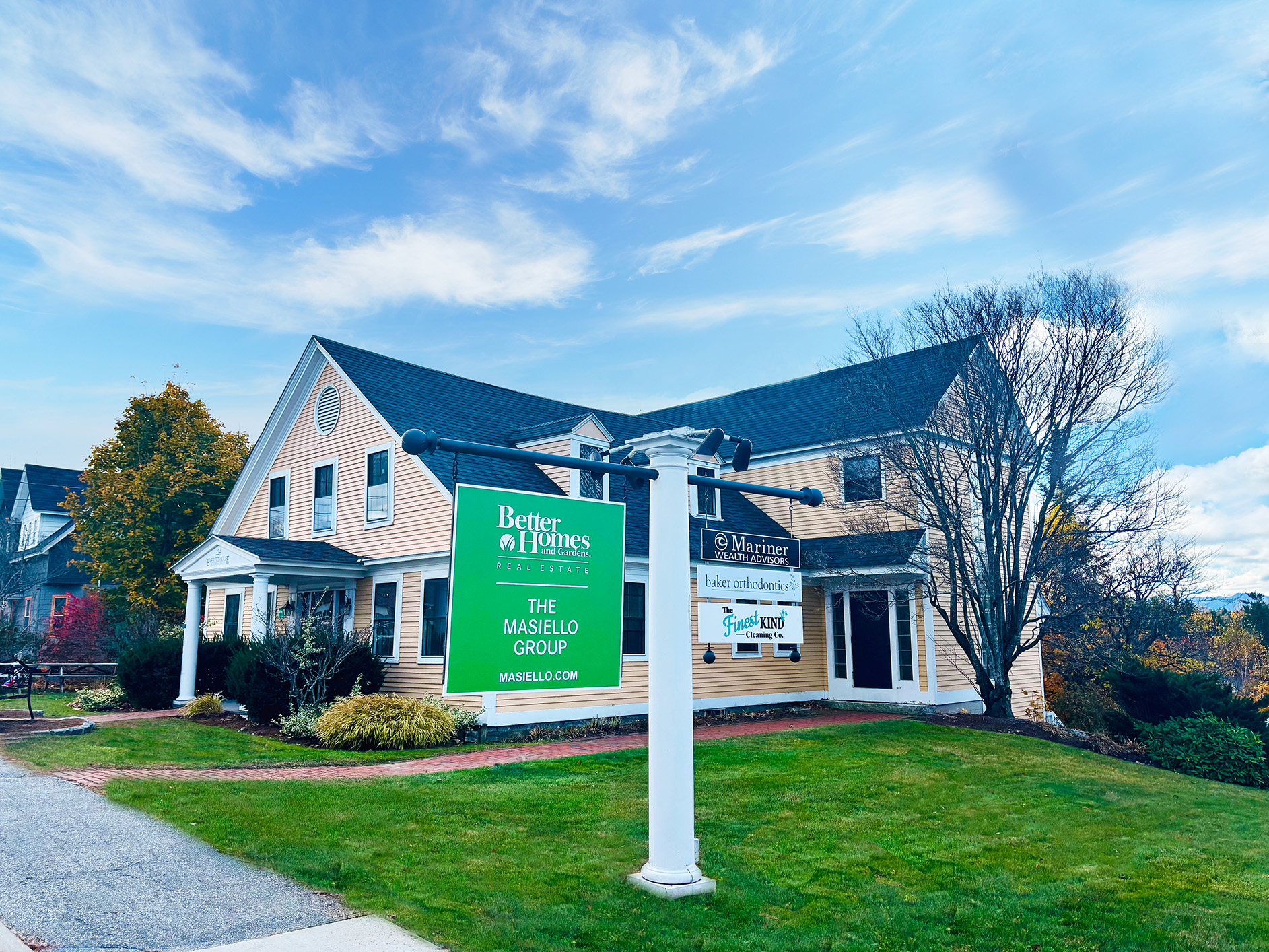What do you do with Your Lawn Leaves?
 In this month's newsletter, Greenworks, a publication of the New Hampshire Department of Environmental Services in Concord, NH, you'll find you have some choices. . . As autumn’s leaves start to fall, so will begin our annual raking routines. While many of us have carried on this tradition for years, how many of us think twice about where the appropriate place is to put the leaves? If the leaves are put in the wrong place, they can have negative environmental impacts. In an attempt to rid their lawns of leaves, some people rake their leaves into the road, often around storm drains. This can pollute local water bodies. When it rains, those leaves get washed down the storm drains and eventually into rivers and streams. The nutrients in leaves increase the phosphorus levels in water as they decompose. Algae then feed on the excess phosphorus, creating blooms which take much of the necessary oxygen fish and other organisms need to survive, thus hurting water bodies. Excess leaves can also clog culverts and storm drains, fill ponds or the back sides of dams, all of which can increase the risk of flooding. If your town or city picks up leaf piles in the street, be sure to time your raking as close to the scheduled collection date as possible. Instead of getting rid of your leaves, they can be used around your own property as either compost or as a mulch. Composting is an easy way to create organic fertilizer. Adding either raked or shredded leaves to grass clippings and your kitchen fruit and vegetable wastes to your compost pile will help to create a nutrient rich soil for next spring’s landscaping. According the U.S. Environmental Protection Agency, food scraps and yard waste make up 20-30% of the waste stream. Making compost keeps these materials out of landfills, where they take up precious space. Leaves can also be used in quicker fashion as mulch, which provides a protective covering for flower beds or gardens. Gardening experts recommend using a lawnmower with a mulching blade and bagging attachment to shred and collect the leaves. Adding the mulch to your flower beds can protect them from severe winter weather and provide moisture and nutrients for your flowers in the spring. Finally, my Dad was always a firm believer in using his lawn mower to mulch the leaves and leaving the shredded leaves on his lawn as a natural fertilizer. This method works well as long as the leaves are not too deep or wet when they are mowed. Otherwise, you may end up with large clumps of shredded leaves that can choke out your grass. By recycling your leaves in your yard, you are not only benefiting your flower beds and lawn, but you may also be helping to keep our water bodies cleaner. Source: Greenworks, a publication of the Department of Environmental Services, Concord, NH
In this month's newsletter, Greenworks, a publication of the New Hampshire Department of Environmental Services in Concord, NH, you'll find you have some choices. . . As autumn’s leaves start to fall, so will begin our annual raking routines. While many of us have carried on this tradition for years, how many of us think twice about where the appropriate place is to put the leaves? If the leaves are put in the wrong place, they can have negative environmental impacts. In an attempt to rid their lawns of leaves, some people rake their leaves into the road, often around storm drains. This can pollute local water bodies. When it rains, those leaves get washed down the storm drains and eventually into rivers and streams. The nutrients in leaves increase the phosphorus levels in water as they decompose. Algae then feed on the excess phosphorus, creating blooms which take much of the necessary oxygen fish and other organisms need to survive, thus hurting water bodies. Excess leaves can also clog culverts and storm drains, fill ponds or the back sides of dams, all of which can increase the risk of flooding. If your town or city picks up leaf piles in the street, be sure to time your raking as close to the scheduled collection date as possible. Instead of getting rid of your leaves, they can be used around your own property as either compost or as a mulch. Composting is an easy way to create organic fertilizer. Adding either raked or shredded leaves to grass clippings and your kitchen fruit and vegetable wastes to your compost pile will help to create a nutrient rich soil for next spring’s landscaping. According the U.S. Environmental Protection Agency, food scraps and yard waste make up 20-30% of the waste stream. Making compost keeps these materials out of landfills, where they take up precious space. Leaves can also be used in quicker fashion as mulch, which provides a protective covering for flower beds or gardens. Gardening experts recommend using a lawnmower with a mulching blade and bagging attachment to shred and collect the leaves. Adding the mulch to your flower beds can protect them from severe winter weather and provide moisture and nutrients for your flowers in the spring. Finally, my Dad was always a firm believer in using his lawn mower to mulch the leaves and leaving the shredded leaves on his lawn as a natural fertilizer. This method works well as long as the leaves are not too deep or wet when they are mowed. Otherwise, you may end up with large clumps of shredded leaves that can choke out your grass. By recycling your leaves in your yard, you are not only benefiting your flower beds and lawn, but you may also be helping to keep our water bodies cleaner. Source: Greenworks, a publication of the Department of Environmental Services, Concord, NH
Known for service, trusted for results – Coldwell Banker Milestone Real Estate.



